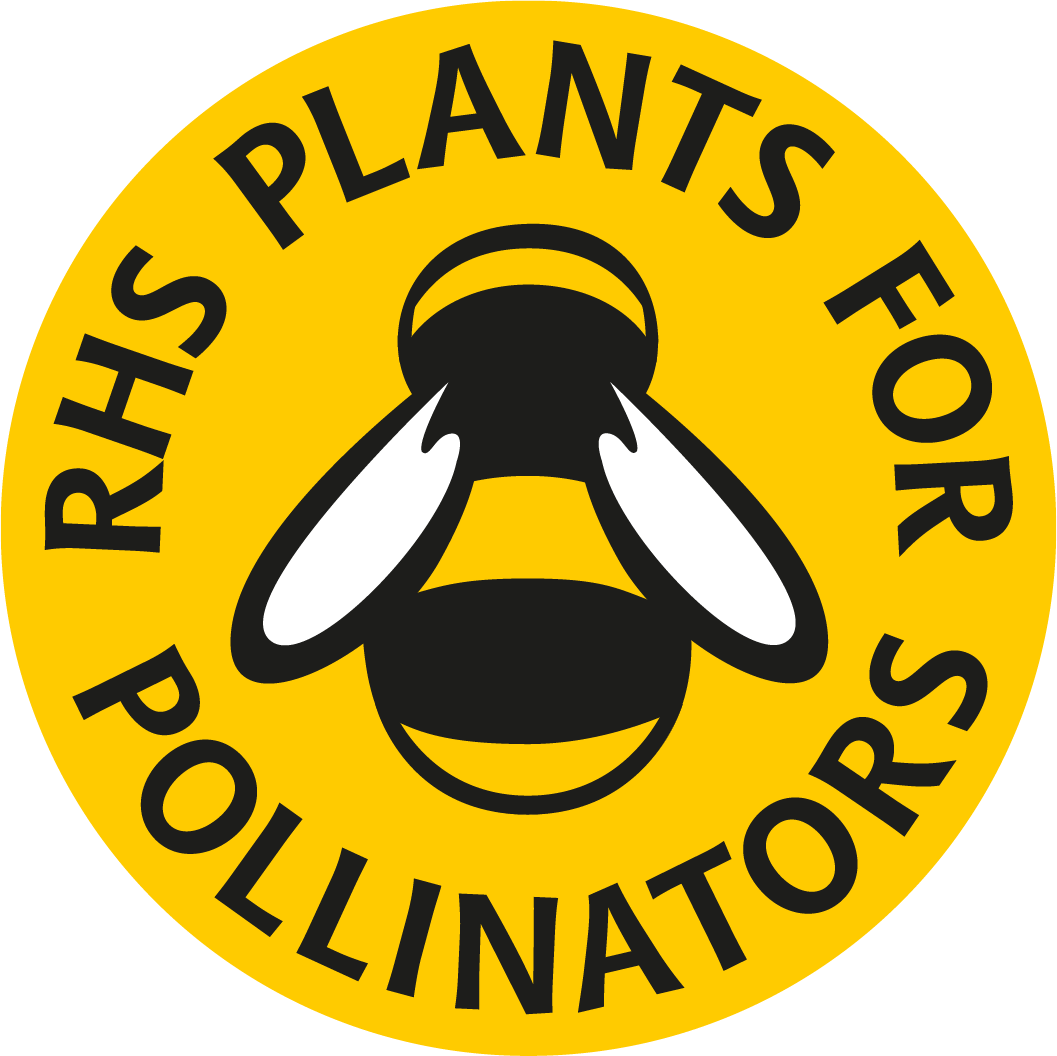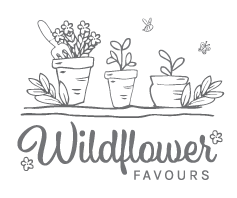
Ladies Bedstraw is a perennial wildflower with tiny yellow flowers smelling of honey which appear as whorls round the tall, thin stems . It grows to about 2 ft (60 cm) high. It is a member of the Bedstraw family and related to Sweet Woodruff. Also known as Yellow Bedstraw, Cheese Renning and Maid’s Hair (because the yellow flowers were stuffed into ladies’ caps in order to dye their hair blonde). Its botanical name comes from the Greek “gala”, meaning milk. It flowers June to September.

Where to find Ladies Bedstraw
Ladies Bedstraw is found in the wild on dry, sandy sites, grasslands, heath and moorland, coastal areas and dunes.
Uses for Ladies Bedstraw
This information is in not a prescription for use. Always consult a qualified herbalist before taking any herbs, especially if pregnant or have health issues.
Ladies Bedstraw flowers used to be used in coagulating milk instead of rennet. It has also been used to colour butter and cheese yellow. A decoction of this was believed to refresh the feet. As its scent increases as it dries, it was often used as stuffing in pillows and mattresses, particularly for women about to give birth, as it was believed to ensure a safe and easy childbirth. In medieval times it was called Our Lady’s Bedstraw because it was believed that it provided part of the bedding in the stable at Bethlehem. Has also been used to treat urinary and kidney problems, epilepsy, hysteria, skin disease and bleeding. Is useful for scurvy, cystitis, jaundice, sores, tonsillitis and lymphodenopathy. Make a pillow of Lady’s Bedstraw to combat sleeplessness.
Roots were used to provide a red dye; a yellow dye is obtainable from stem and leaves. Orange and gold is also available depending on the mordant used. Mixed with strawberry and cranberry juices, the American Indians boiled the roots with larch flowers to dye porcupine quills scarlet. Lady’s Bedstraw was used to dye wool for the Harris tweed industry in Scotland. It was later replaced with imported Madder (a related plant from Asia).
Wildlife Value of Ladies Bedstraw
Ladies Bedstraw attracts butterflies, bees and hawk moths, particularly the Hummingbird Hawk moth, Small Elephant Hawk moth and the Gallium Carpet, Plain Wave, Oblique Striped, Riband Wave, Bedstraw hawk moth, Archer’s Dart and Red Chestnut moths. Also the Ruddy Carpet, Royal Mantle, Common Carpet, Water Carpet, Beech Green Carpet, Red Twin Spot Carpet, Wood Carpet, Mottled Grey and Green Carpet moth caterpillars.
How to Sow Ladies Bedstraw
Ladies Bedstraw is best sown in autumn or spring. You can sow direct onto a bare patch of soil in a sunny spot. Press the seeds gently into the soil after sowing, no need to rake them over and cover with more soil. The seeds can also been sown in trays in the same way. When you have small seedlings, gently ease them out and grow on in small pots until ready to plant out in the garden.
Buy Wildflower Seeds!
Visit Wildflower Favours to buy UK-grown, wildflower mixes. All of our wildflower seeds are UK species only and are available in recycled seed packets. The seeds are in paper sachets inside the packets, not plastic and foil sachets. Seed packets can be branded for business purposes too.



